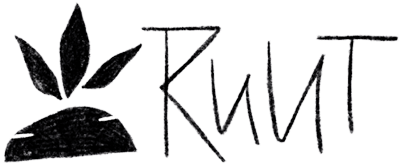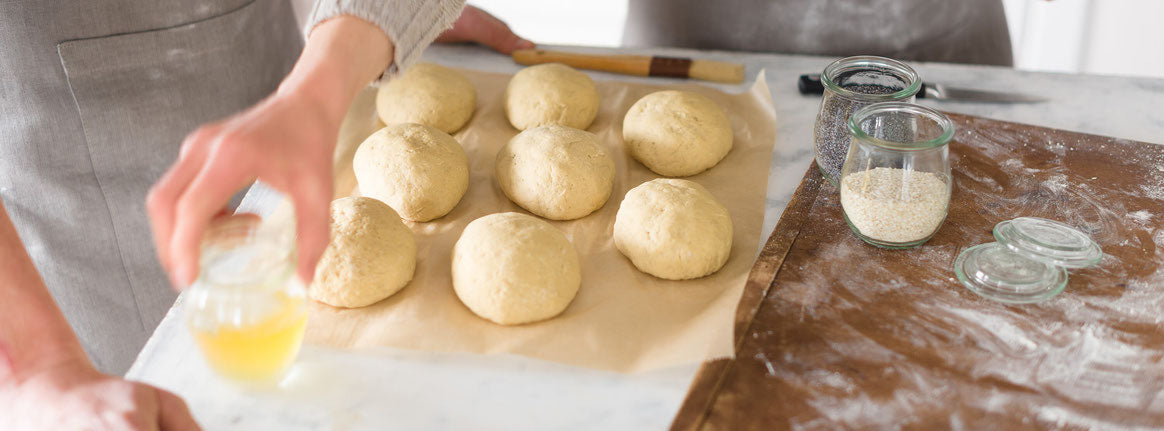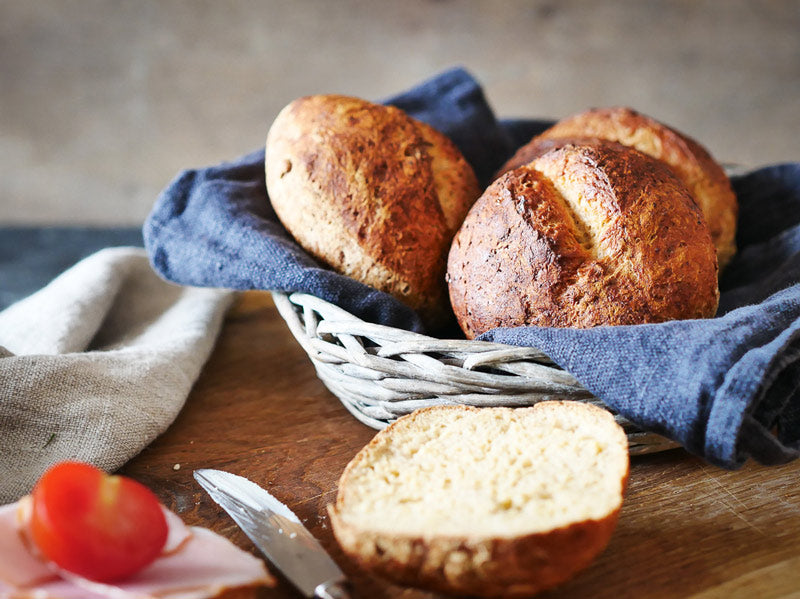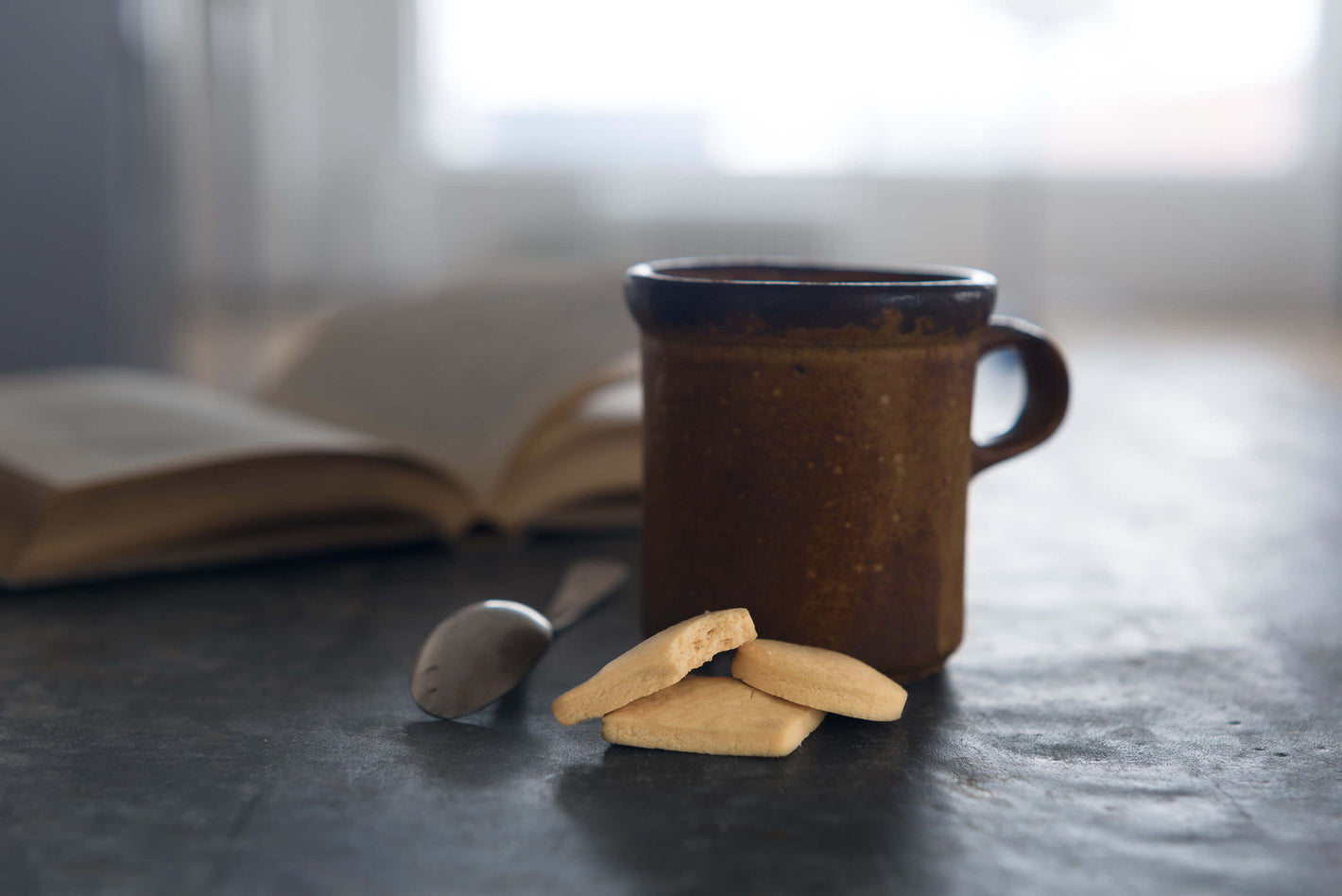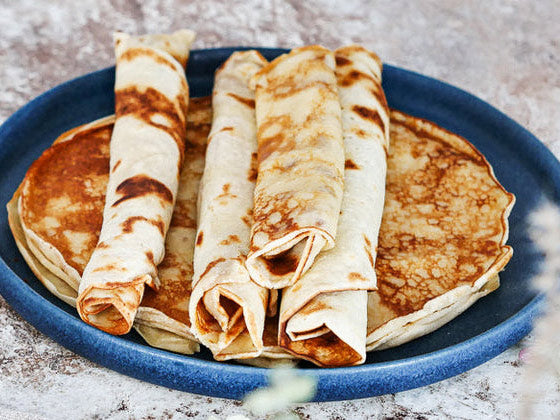about RUUT
how it all started
Ruut, which began as a family project by Alan Harms - General Manager - and his sister Laura, is now one successful brand for cassava flours in premium quality.
His passion and enthusiasm for gluten-free baking with manioc characterize the Ruut brand.

But why actually Ruut?
Ruut is Low German and means root. Although "the Harms" grew up in America, they actually have their roots in Germany. To be precise, in East Friesland. One could therefore say that the Ruut company is somewhere between Friesland and the Andes, because the cassava root - which, with this pun, connects the roots and the root itself - forms a bridge between millennia-old South American baking traditions and the down-to-earth nature of the North Frisians. Alan Harms has lived and loved the Nordic Münsterland ever since and is at home here in Germany.
GLUTEN-FREE & NATURAL BAKING
Some interesting information for you and your health:
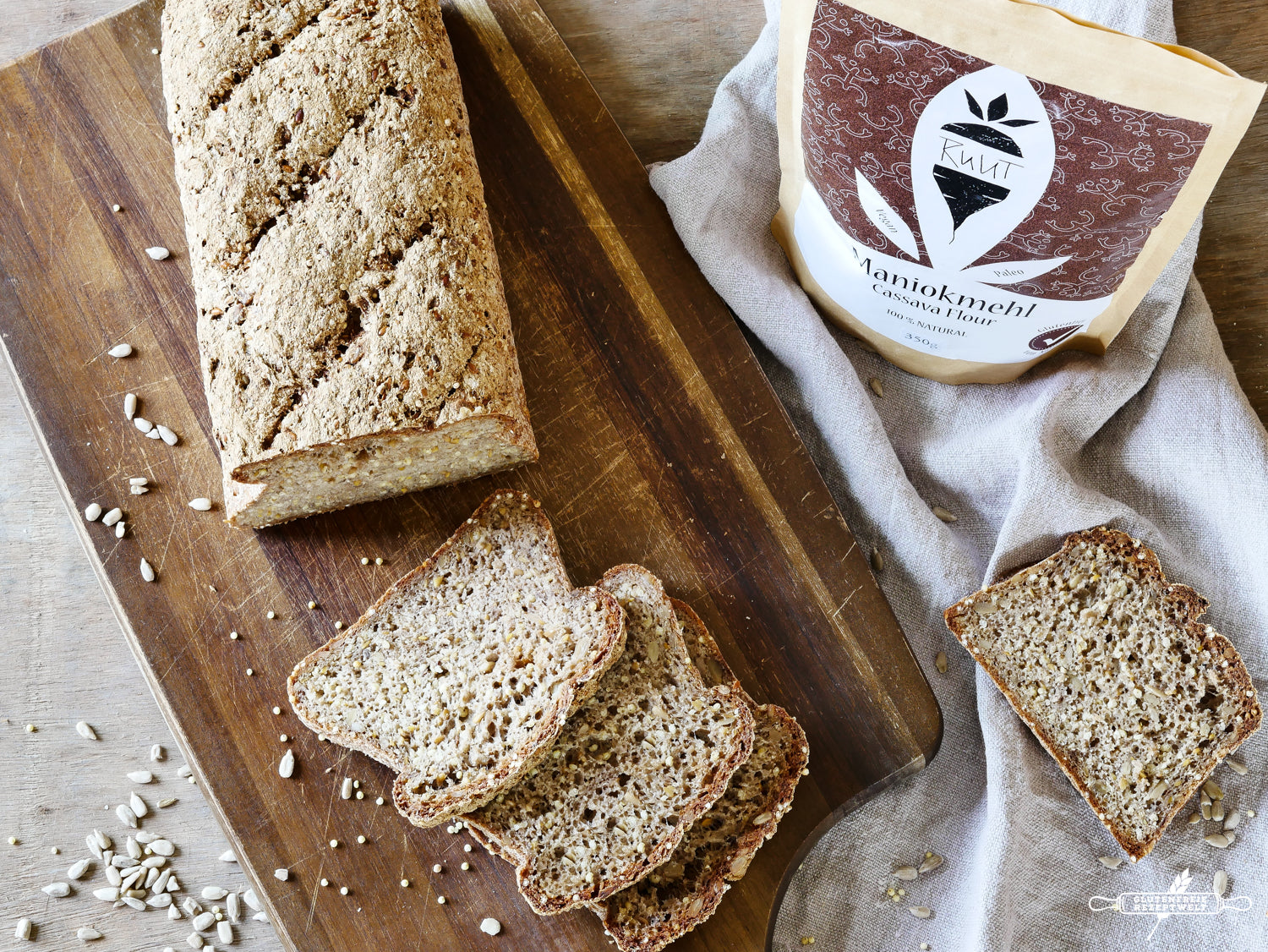
Unlike other products, the naturally occurring resistant starch in cassava flour is only broken down in the large intestine. It supplies the cells there with energy and contributes to your intestinal health.
Ruut is ideal for a low-FODMAP diet because baking with Ruut's cassava flour helps you to avoid fermentable multiple, double and simple sugars in your diet.
Our cassava flour supports your autoimmune paleo (AIP) protocol because the cassava root contains neither grains nor nuts.
It is a valuable source of carbohydrates because of its hypoallergenic properties , which, when baked, becomes an easy snack at any party!
THE ROOT
Since time immemorial, cassava has been an important component and staple of the diet of many peoples in Latin America and the Caribbean.
The flour is obtained from the roots of the cassava plant and is still the main component of traditional dishes such as Casabe.

But be careful not to get confused, Ruut is a real flour.
Unlike tapioca, a starch made from cassava roots, Ruut's cassava flour is made from the whole root that has been peeled by hand.
This not only preserves its valuable ingredients, but also the fiber and taste.
Due to the high proportion of starch, it also has optimal binding properties . Carefully dried and ground, the positive characteristics of the root are retained in the flour.


ORIGIN
The area of origin of the cassava root is in east Peru and west-central Brazil. The wild plant was first discovered when Europeans explored America. Cassava grew and thrived in the Caribbean, northern South America, and southern Mesoamerica. It is now cultivated in many parts of the tropics and subtropics worldwide.
WHAT CAN BE MADE OF THIS
WHAT OUR CUSTOMERS SAY
-

- Zoe
I finally found the right flour substitute! What have I already tested, but it was never the right one. When I make my beloved crepes, you don't notice a difference.
It must be Ruut's! Completely neutral taste. The family didn't notice any difference, great! You can really use it as regular flour and it is of course healthy.
-

- L. Schroeder
Before I tried Ruut's cassava flour for the first time, I never managed to find a really good gluten-free yeast dough for rolls and bread!
I've been baking almost everything myself for many years because of celiac disease. One of the reasons for this is that I'm not only bothered by the high prices for a little gluten-free bread, but also by the ingredients! The same applies to gluten-free baking mixes! Lots of additives to make gluten-free bread a success...
Today I don't want to do without the cassava flour anymore, I don't use any other gluten-free flour anymore!For this reason, I can only recommend trying the flour and recipes from Ruut - gluten-free baking without any additives or frustration.
